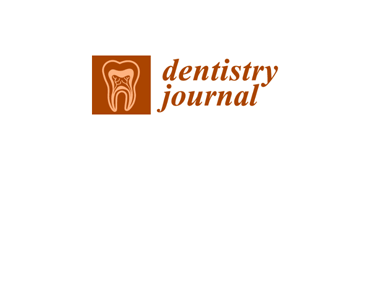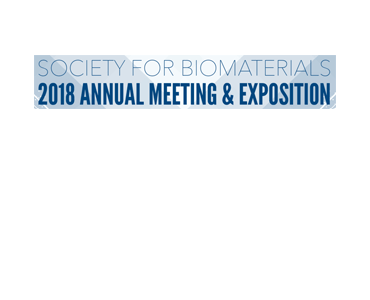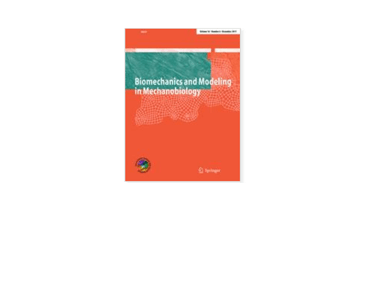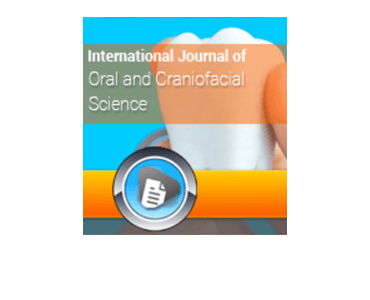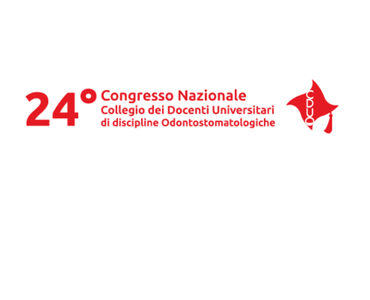Female Facial Attractiveness Assessed from Three-Dimensional Contour Lines by University Students. J Jirathamopas, YF Liao, EWC Ko, YR Chen, CS Huang.
Date: May 2018. Source: Dentistry Journal, Volume 6, Issue 2, 16. Background: Three-dimensional (3D) images could provide more accurate evaluation for facial attractiveness than two-dimensional (2D) images. The 3D facial image could be simplified into gray scale 3D contour lines. Whether female facial attractiveness could be perceived in these simplified 3D facial contour lines should…

